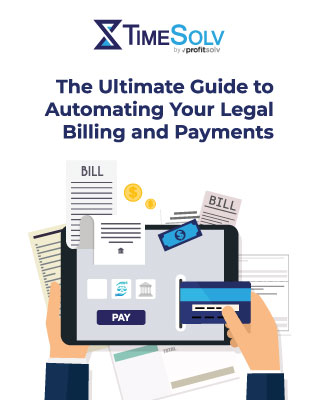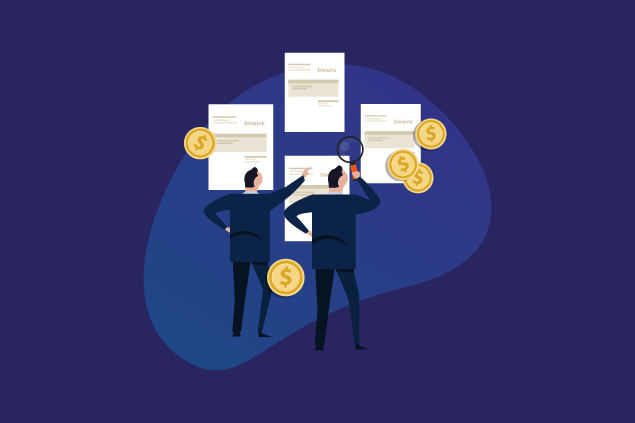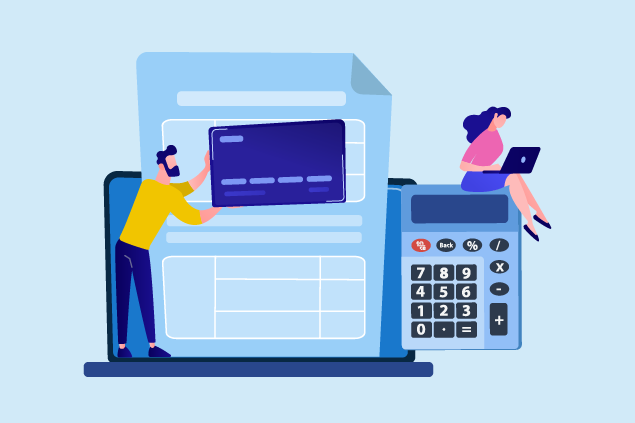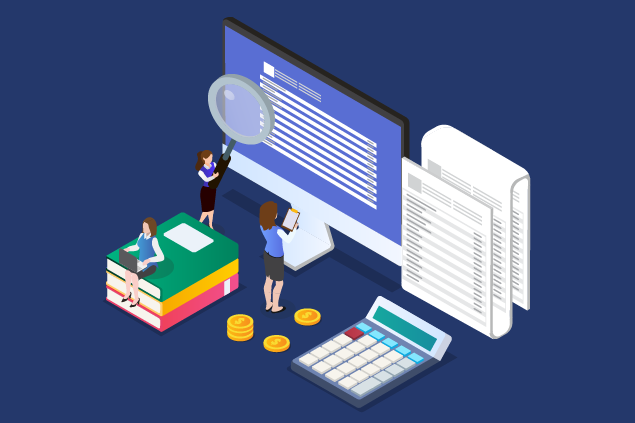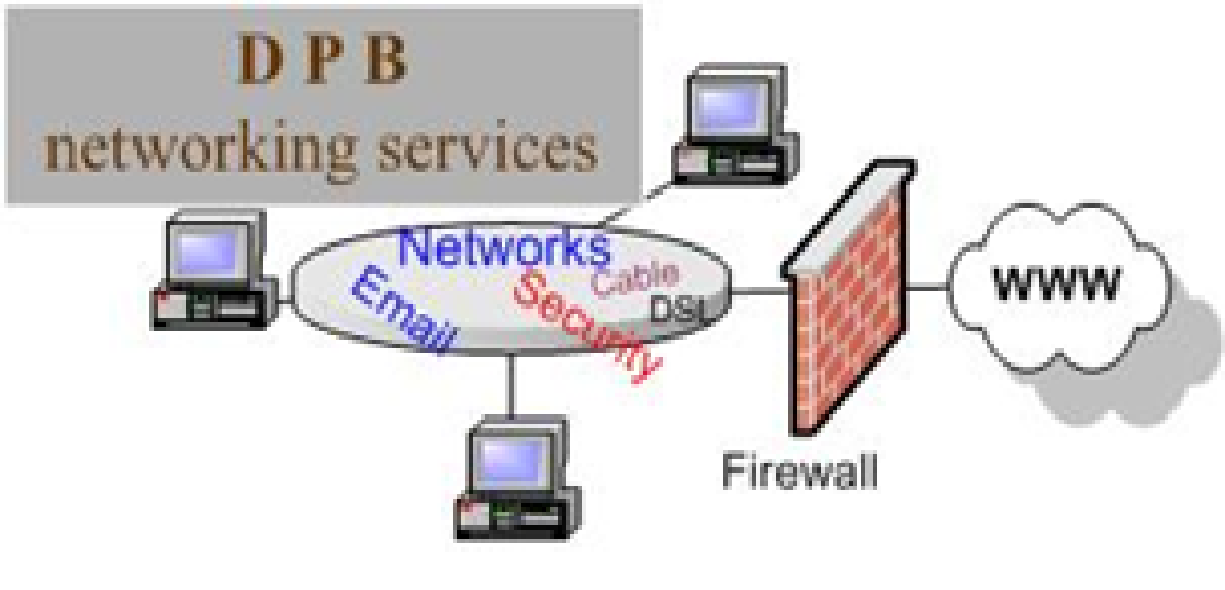At first glance, your payment processing fees might not seem like something that could possibly hinder your law firm’s growth, but they can have a real impact on your firm’s profitability.
These often hidden fees eat into your bottom line, risking your firm’s ability to invest in growth-generating initiatives. But they’re also an unavoidable part of the law firm payment landscape. The option for credit card payments is increasingly a standard at law firms, thanks to its convenience for both firms and clients.
The downside is that online payment processors don’t exactly make fees and transaction rates clear, and as a result, even savvy practices can be caught unawares by the accrued charges.
To provide law firms with insight into payment processing rates, we’ve created this handy guide for understanding and optimizing processing rates to ensure sustainable growth in every area possible.
What is an effective processing rate?
The effective processing rate is a metric every law firm should monitor. This metric reveals the actual cost of processing payments, exposing hidden fees that might negatively affect your bottom line.
Your effective processing rate is calculated by dividing your total processing fees by your total sales volume, as indicated on your payment processing statement.
This simple calculation allows you to determine if you’ve chosen the best payment processor or if it’s time to find something better.
The Ultimate Guide to Automating Your Legal Billing and Payments
To stay competitive in today’s legal landscape, law firms must embrace the power of technology, especially when it comes to billing and payments.
The best way to improve your law firm’s cash flow while also increasing client convenience is 'Automation'.
Download our free guide to improve your legal billing and payment process today!
How to calculate your effective processing rate
For a number that many payment processors keep tucked away in the fine print, actually calculating your effective processing rate is a straightforward process. Follow these five steps to determine your actual payment processing costs.
1. Collect your payment processing statements
Put together several month’s worth of payment processing statements from your current provider to ensure you have a representative sample of the fees you’re paying.
2. Identify total processing fees
On these statements, look for the total processing fees for each billing period and sum them up to find your total processing fees for the selected time frame.
3. Determine total sales volume
Your statements should also contain data on your total sales volume for each billing period, which is the sum of all payments processed during that time. Total these figures to discover your sales volume.
4. Calculate your effective processing rate
Dive your total processing fees by your total sales volume and multiply the result by 100 to express it as a percentage. The formula for this process is below:
Effective processing rate = (total processing fees / total sales volume) x 100
5. Analyze the result
Once you’ve calculated your effective processing rate, compare it to industry benchmarks to find out if you’re overpaying. If your rate significantly exceeds the industry average, it might be time to switch to a solution that better meets your needs.
What factors impact my credit card processing rate?
While calculating your processing rate is straightforward, there are nuances to the numbers.
Multiple factors can influence your effective processing rate. Some of these factors are under your control, but others may depend on the service you use for payment processing.
Payment types accepted
Different types of payment come with different types of fees. The mix of payment types your firm accepts can significantly affect your effective processing rate. For example, credit card payments may have higher fees compared to electronic funds transfers (EFTs).
Payment processor fees
The types of fees you might pay vary among service providers. These fees include but aren’t limited to, transaction fees, monthly fees, and charges for specific services.
Total sales volume
The sum of all payments processed can affect the fees you pay your processor. As your firm’s sales increase, your rate may decrease if your processor offers volume discounts.
How to achieve the most favorable processing rate possible
You don’t have to be stuck with a high effective processing rate. Now that you’ve calculated your effective processing rate, the next step is to optimize it.
Here are some tips and tricks for law firms to ensure they get the most cost-effective payment processing solution.
Review your payment processor
To make sure you’re getting the best rates possible, it’s essential to periodically review your payment processor’s fee structure and compare it with competitors. If you discover you’re overpaying, it’s time to find a better solution.
If you’re evaluating a new processor, ask them questions such as:
- Do you charge set-up fees or cancellation fees?
- What are the rates and fees associated with this account?
- How long does the entry rate last?
- What is the contract length?
- Do you have a processing quota per month?
- Is there a transaction cap?
- Do you offer chargeback assistance?
Promote EFT Payments
Electronic funds transfers (EFT) typically have lower processing fees than credit card payments. Encouraging your clients to make EFT payments can go a long way to lowering your overall payment processing costs, saving you money, and making things easier for your clients.
Regularly monitor and adjust
Your effective processing rate isn’t just a one-time calculator. By regularly monitoring your payment processing statements and making adjustments as needed, you can ensure you have the most cost-effective solution available to your firm.
Eliminate guesswork with TimeSolvPay
Law firms, like any other business, need to remain competitive while ensuring profitability.
While it’s great to be able to understand and optimize your effective payment processing rate, wouldn’t it be better if you didn’t have to spend time going over the details to make sure you’re getting the best service available for the money?
With most payment processing services, the devil is in the fine print, but with TimeSolvPay, you have no monthly fee, and you’ll never have to worry about hidden fees because we keep things clear and straightforward. We offer the best rates in the payments industry, plus next-day funding.
Schedule a demo or start your free trial today and say goodbye to hidden fees with TimeSolvPay.
The Ultimate Guide to Automating Your Legal Billing and Payments
To stay competitive in today’s legal landscape, law firms must embrace the power of technology, especially when it comes to billing and payments.
The best way to improve your law firm’s cash flow while also increasing client convenience is 'Automation'.
Download our free guide to improve your legal billing and payment process today!






